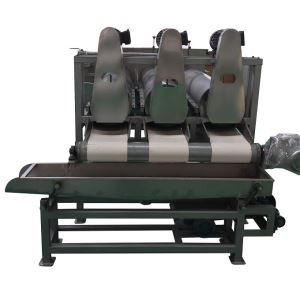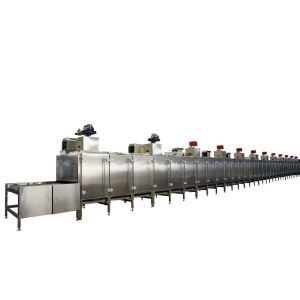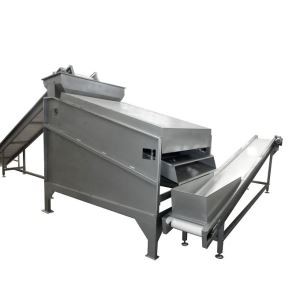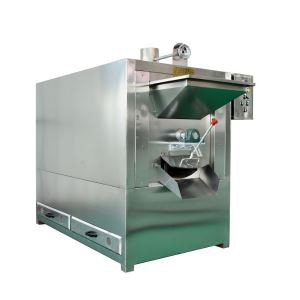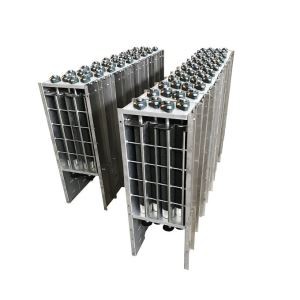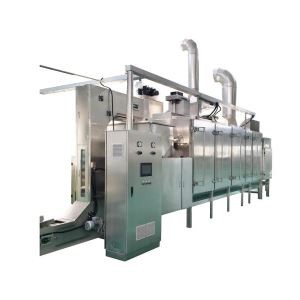Structural characteristics of peanut screening machine
Peanut screening machine is the assembly line of peanut stone removing and grading processing, which is composed of hopper, hoist, stone removing machine, fan, secondary hoist, screening machine, material receiving device, etc. The utility model has the advantages of compact structure, convenient installation, low noise, energy saving, clear classification, etc.
As long as the peanut into the machine will automatically screen, according to different specifications to screen different grades, and grading accurate, will not damage peanuts.
The existing peanut screening machine is large in volume, high in price, high in cost and needs more parts, so it is suitable for mass production. But for the general farmers: because the farmers need less screening weight, and for the sake of economy and space, the above devices are rarely purchased, so the above devices are difficult to apply to ordinary farmers.
The small-scale peanut screening machine includes a base, a rack bar, a crank block, a handle, a connecting rod, a slider and a screen used for screening peanuts. The lower end of the rack bar is fixedly connected with the base, the upper part of the crank block is the crank bar, and the lower part of the crank block is the counterweight block, the handle is rotationally connected with the rack bar, and the middle part of the crank block is fixedly connected with the hand rocker; The cross bar is perpendicular to the frame bar, and the right end of the cross bar is fixedly connected with the frame bar; The sliding block is sheathed on the cross bar and is sliding connected with the cross bar; The left end of the connecting rod is rotationally connected with the sliding block, and the right end of the connecting rod is rotationally connected with the crank rod on the crank block; The screen is fixed on the sliding block.
The motion mode of the crank slider mechanism is adopted to replace the existing vibration motor. Because the crank slider belongs to the mechanical mechanism commonly used in the prior art, the cost of forming this structure is low, and the space is not occupied.



